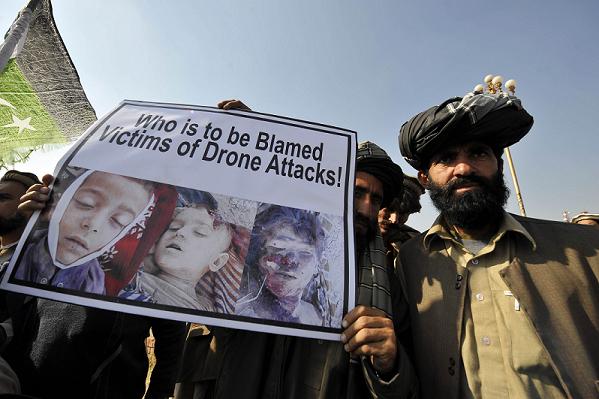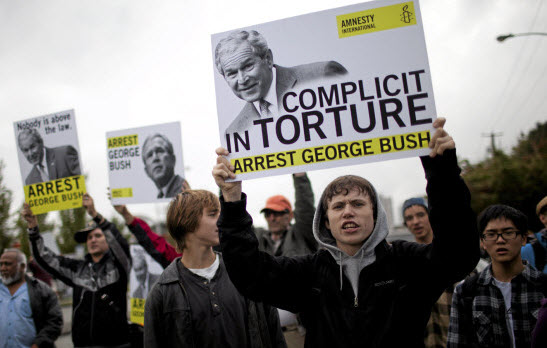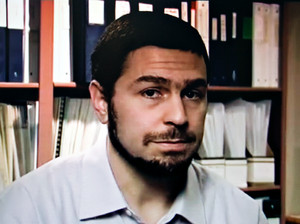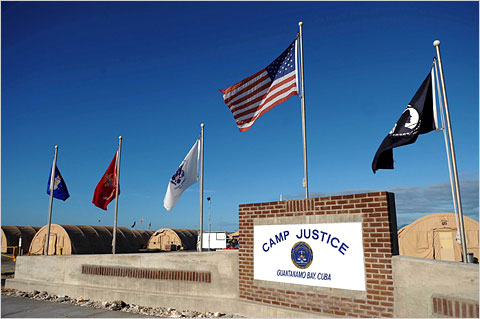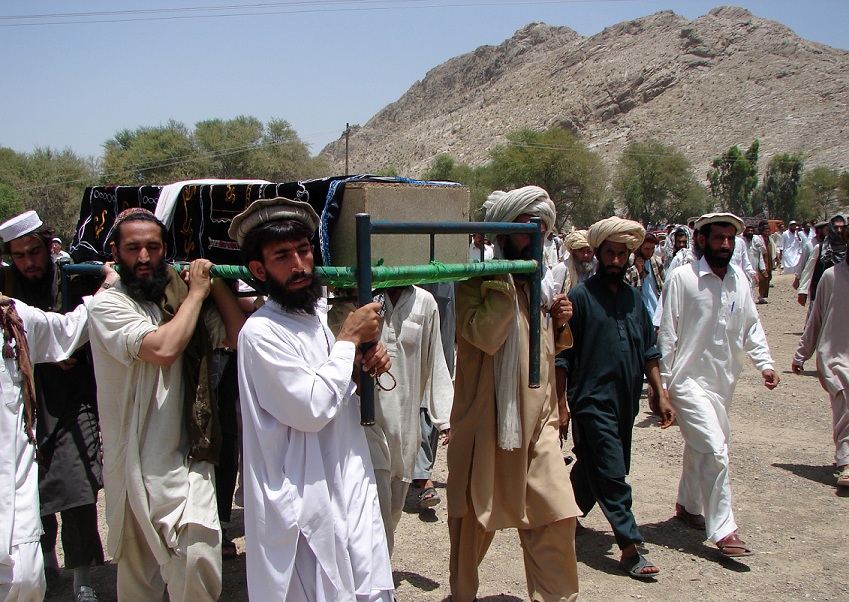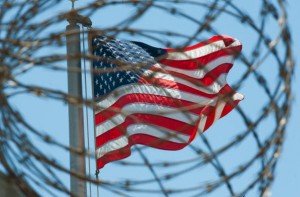June 26th is the International Day in Support of the Victims of Torture and Amnesty International has launched a powerful new online video – “Hooded” – to mark the occasion.
Hooding is a practice that gets to the heart of the relationship between the torturer and his – or her – victim. The hooded victim is dehumanized – hooding deprives the victim of a face, of an identity – and dehumanization is almost always a precursor of abuse.
The anthropologists Ashley Montagu and Floyd Matson famously labeled dehumanization “the fifth horseman of the apocalypse”, an essential precursor to war, rape, pillage and genocide.
Hooding is disorientating. It is designed to restrict the victim’s ability to defend himself – or herself – from harm. It is also calculated to instill fear, a dread of the unknown, of the dark.
